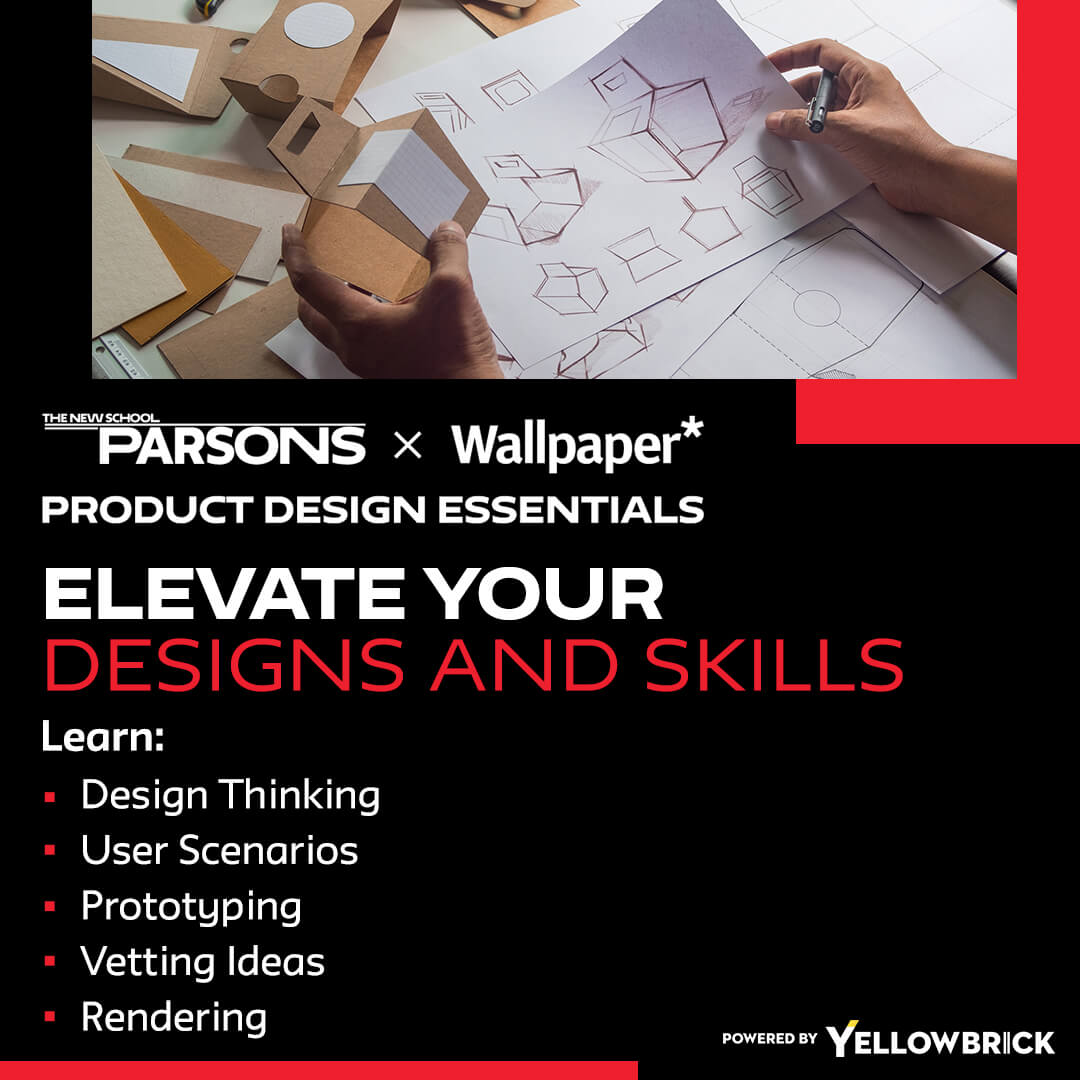Ultimate Guide To Product Design 3D Sketching

“So when I’m sketching and moving out of brainstorm into a physical model or drawings, like the best advice I can give is do what comes natural,” says Steph Mantis. You don’t have to learn a technical drawings in order to start designing. You can grab an empty cereal box, a glue gun, and some straws, and make something that will get your mind going, get your hands going. You’ll pull up and this tacit knowledge that comes from making.”
My models are mostly made out of cardboard and tape. I worked on a very high-end glass and paint project, as well as pan-blown glass and custom milled wood. Cardboard tape was used in the model. The entire item was made entirely of cardboard and tape. Don’t be a snob, okay? Don’t be too particular while transitioning from brainstorming to drawing. At this point, it doesn’t important if it looks like what you wanted. We are attempting to transport you from point A to point B to point C; we do not transport you from point A to point Z. You miss the entire alphabet if you travel from A to Z. You’ll never come across anything that may have resulted from your exploration.
So, you must just get started and overcome your fear of failure. Getting out the door, like anything else, is the most difficult part. And getting a product out the door is becoming more tactile. If you don’t produce anything, you don’t have a product. The rendering, or drawing, has no interaction with people’s lives. So overcome your fear, don’t be concerned with perfection, and get something out of your thoughts and into your hands.
And it doesn’t matter how old you are. You may use ready-mades or yesterday’s garbage; in fact, I believe utilizing trash is an exceptional method of Product Design and Product Development since you’re not going to be precious with it in the first place.
“I always start formulating my ideas, by identifying whatever is fixed in the equation. Whether it’s architecture, or technology, or production method, or sometimes its budgets. But whatever is absolutely fixed, I identify what those are first and they become those would be the guardrails for me. In terms of how to structure a project, so that it’s a suitable scale.” Kate Hixon
And, rather than a blank sheet of paper, which may be scary, I typically find the most inspiration inside the constraints of a brief. Whatever I do, I start producing small little sketches. Out of three in three dimensions, I begin bending cardboard and discovering stuff about my desk. Even if it’s a graphic design challenge, I usually start with three-dimensional drawing these skills can be acquired through Product Design Education via Online Product Design Education.


